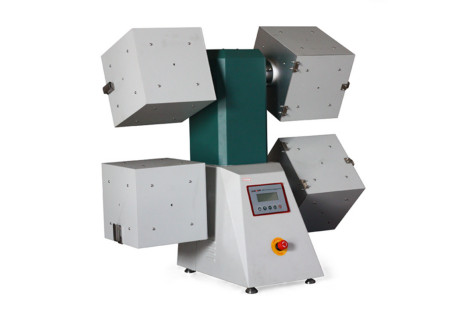
NewsInformation Center
How is the rating system for textile pilling tests determined?
2023/07/31
The rating system for textile pilling tests is usually based on a specific standard or norm. Different standards may use different rating systems, but they are usually based on the observation and counting of the degree of pilling.


In a pilling test, the sample is usually rubbed back and forth or rotated a certain number of times, and then the pilling on the sample is observed using the naked eye or a microscope. The degree of pilling is classified into different grades or ratings based on the number, size, color, and other characteristics of the pilling.
The specifics of the rating system may vary from standard to standard, but the following are examples of common pilling rating systems:
1. a numerical rating system is commonly used, such as a 1-5 or 1-6 rating, where 1 indicates the least amount of pilling and the best rating, and higher numbers indicate more pilling and more severe ratings.
2. some standards use a letter rating system, such as an A-F rating, where A indicates the least amount of pilling and the best rating, and a lower letter indicates a higher, more severe level of pilling.
3. The rating system may also include descriptive terms such as "no pilling," "slight pilling," "moderate pilling," "severe pilling," etc. to better visualize the degree of pilling.
The specific criteria of the rating system are usually defined in the corresponding pilling test criteria and may take into account factors such as the number, size, density and distribution of pilling. The use of a harmonized rating system allows an objective comparison and evaluation of different textile samples to assess their pilling properties and quality levels.
Previous: How to use the ASTM D3512 Random Tumble Pilling Tester?
N e x t : When Is the Best Time to Use the Test Method for Pilling?



